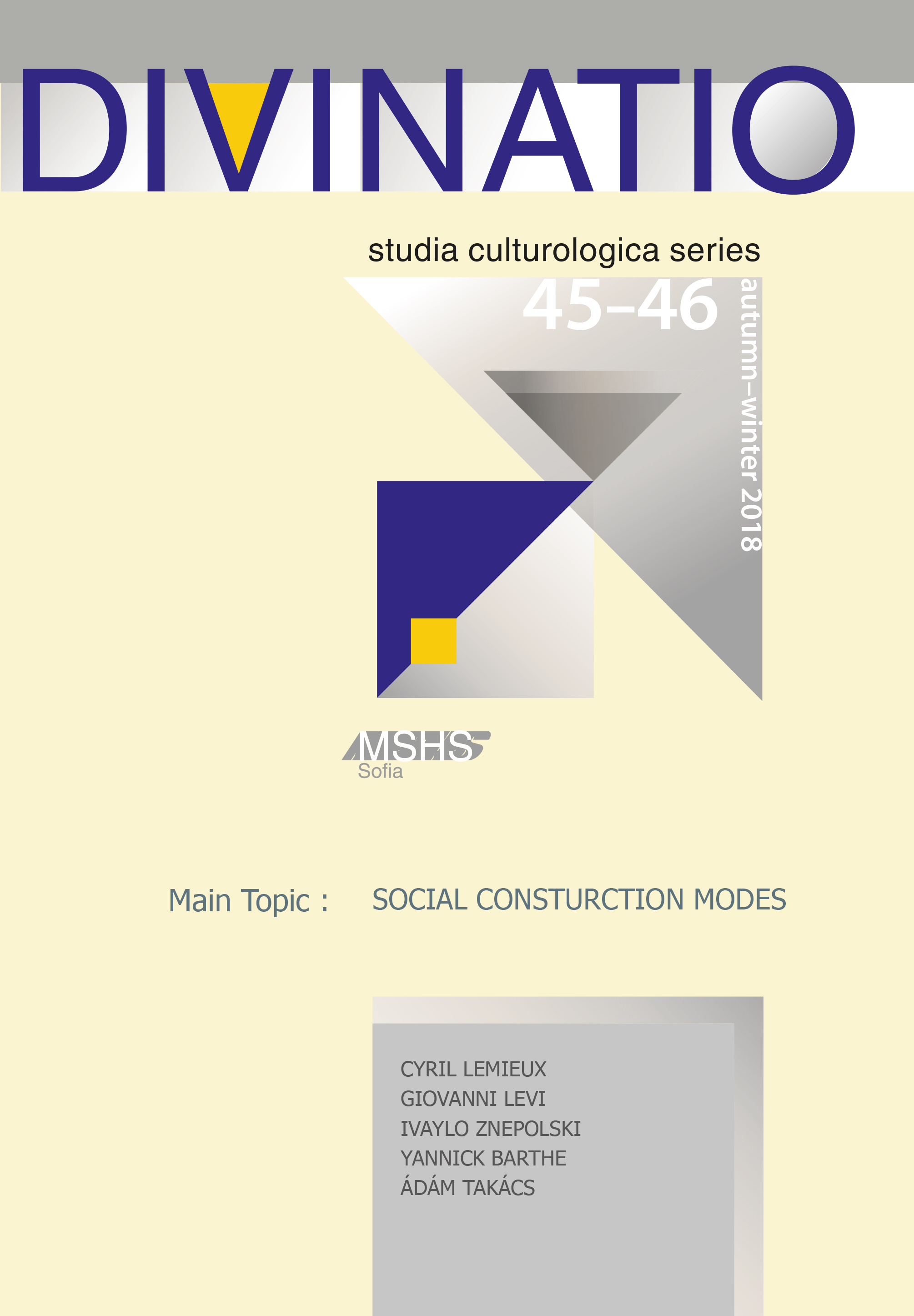
We kindly inform you that, as long as the subject affiliation of our 300.000+ articles is in progress, you might get unsufficient or no results on your third level or second level search. In this case, please broaden your search criteria.

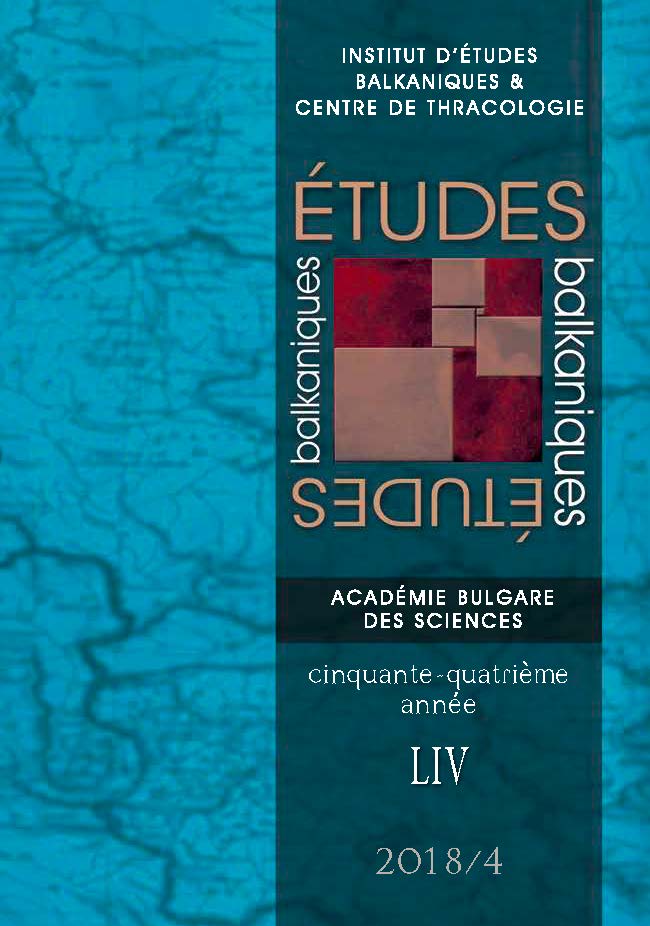
The collapse of communism in Romania in 1989 has left its imprint also on the minority policies. The article tries to outline the factors that influenced the minority policies of the Romanian governments and their development over the past quarter of a century, while laying a major focus on education and the use of the mother tongue. The Romanian legislation in these fields in the post-communist period gives good grounds to conclude that there has been a considerable progress towards the extension of minority rights. A major role for that has played the need to harmonize the Romanian legislation with the European rules and directives. A significant factor for the change was also the active policy of the UDMR, which firmly defended the rights of the Hungarian minority. At the same time, it should be noted that while making numerous concessions, the Romanian government had made it clear that these concessions could only be made within certain limits.
More...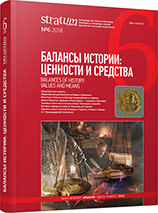
This article is devoted to the historical and ethnographic description of the city of Wenshan — the administrative center of the Wenshan Zhuang and Miao Autonomous Prefecture. This city, unattractive from the point of view of tourism, has an important historical and cultural content, encoded in its name, and associated with the fate of many non-Han peoples inhabiting it, and with the dramatic history of the national policy of Chinese power in different dynastic periods. The author attempted to reveal this content and to introduce ethnographic and historical plots into the Russian science, to help the reader better understand the ethno-social processes that took place in the past of this city and the country as a whole. Special attention is paid to such political institutions as Tu si and Liu Guan. They are the systems of indirect and direct administration, which represented the confrontation, the periodic dominance of the manifestations of the local and the central authorities, which determined the form of management of peripheral territories, which is now used in China. The example of Wenshan, which appeared as a reaction to the conflict between Tu si and Liu Guan, gives us the opportunity to see the high price and value of peace in the history of the Chinese multiethnic society.
More...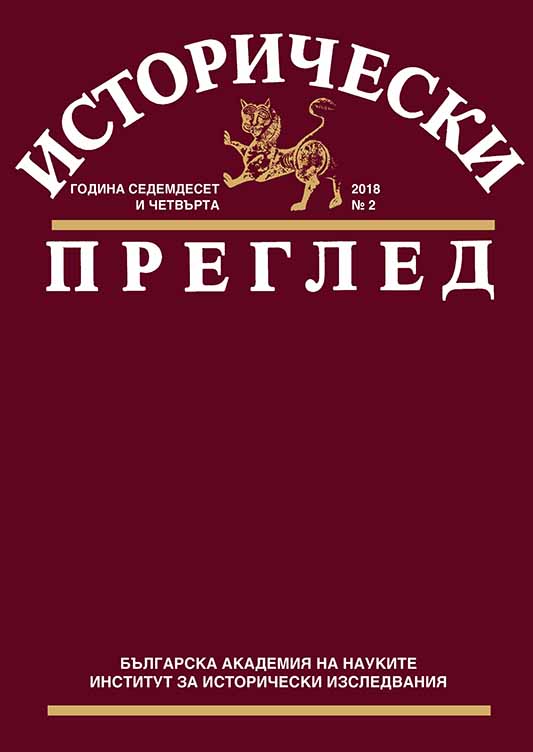

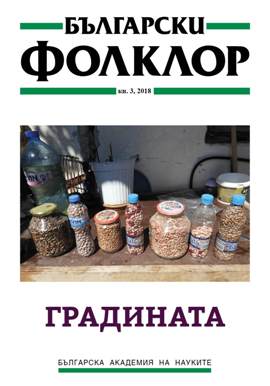
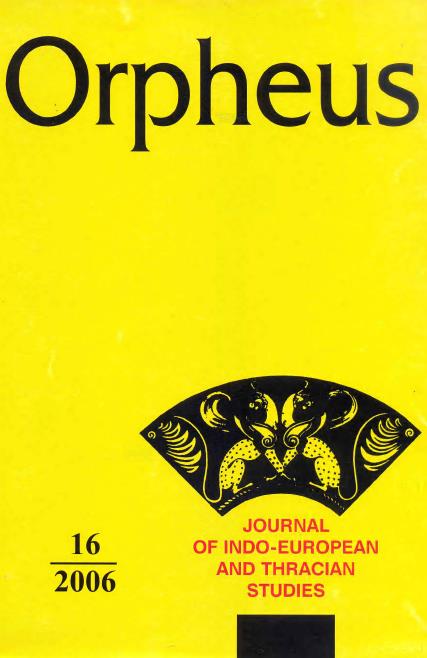





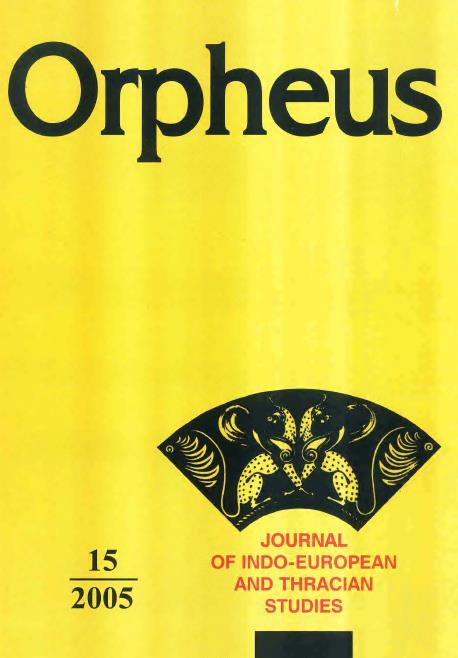




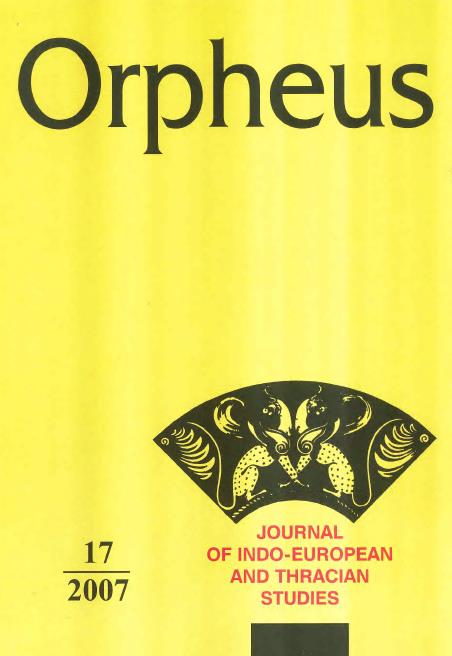
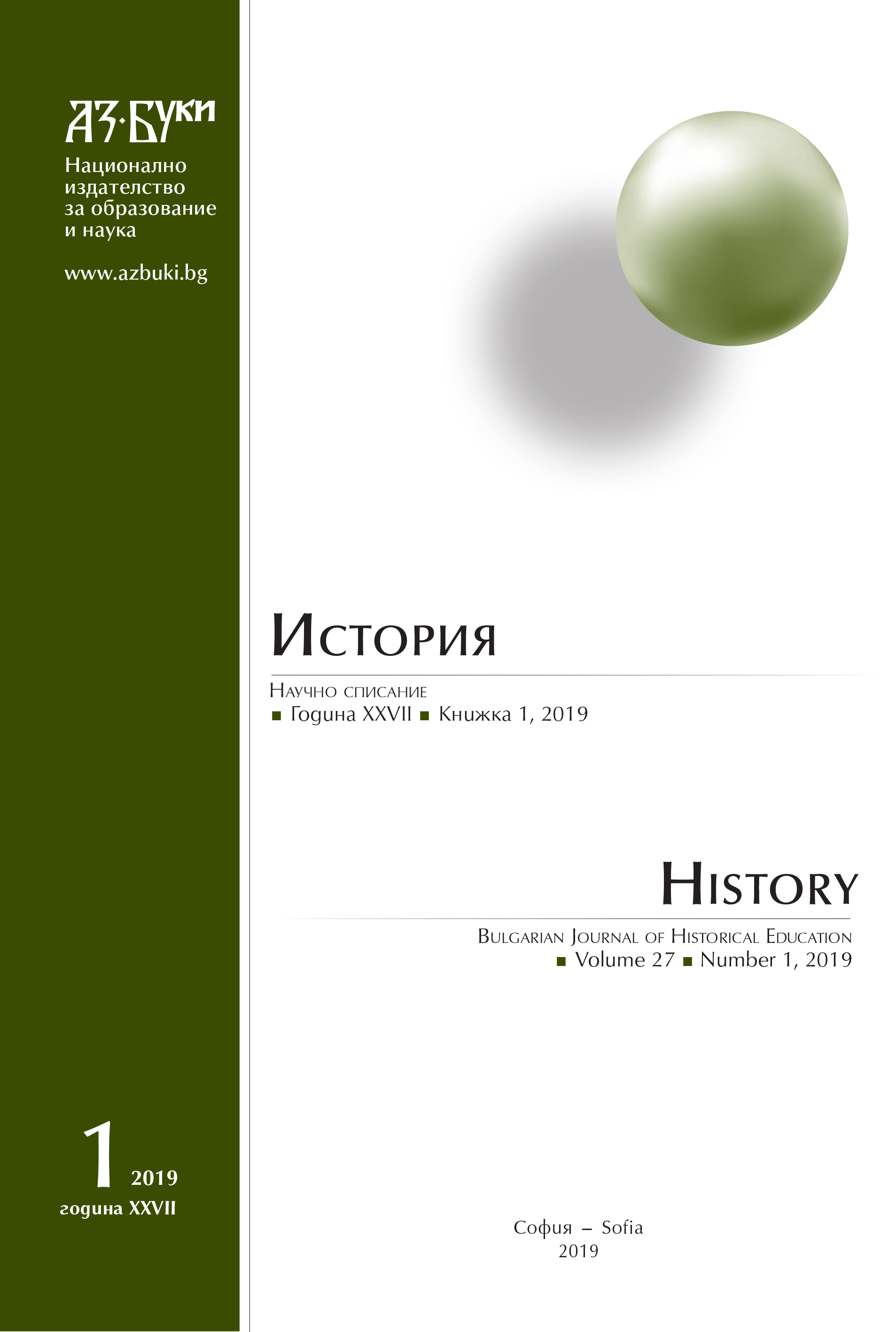
This article represents a photo of Vasil Levski, which was found in the Turkish Presidency State Archives of the Republic of Turkey – Department of Ottoman Archives in Istanbul in October, 2018. Its presence in exactly this archive, along with other documents of the Bulgarian revolutionary organization and the text on the back of the photo in Ottoman Turkish, leads to the conclusion that this is the photographic portrait of the Apostle, which was used for his chasing. With it, the total number of Vasil Levski‘s photos amounts to eight.
More...